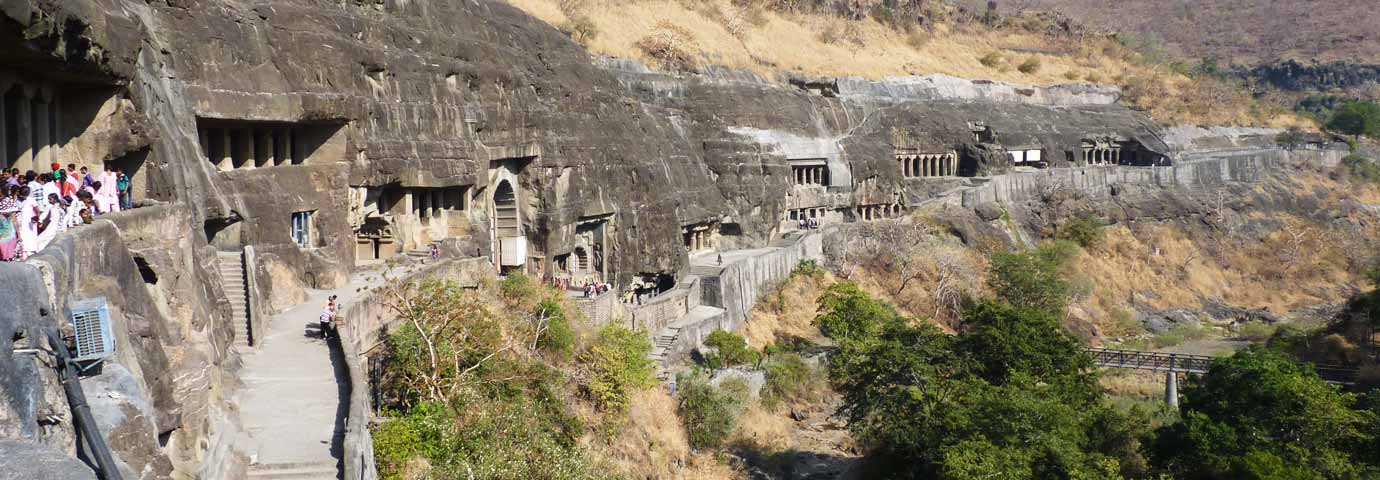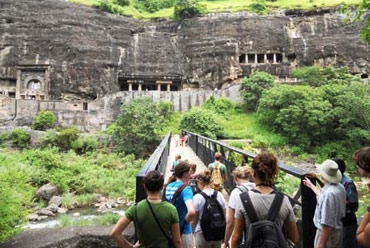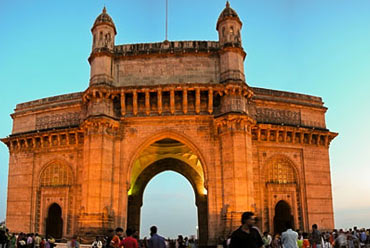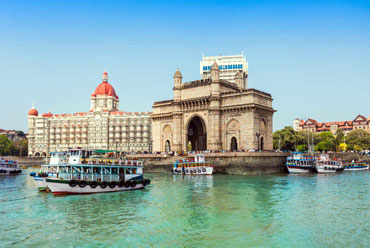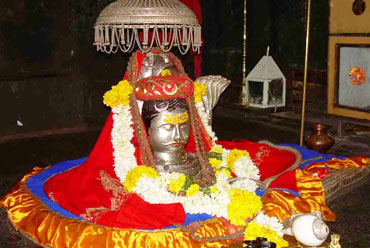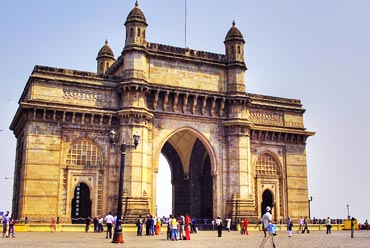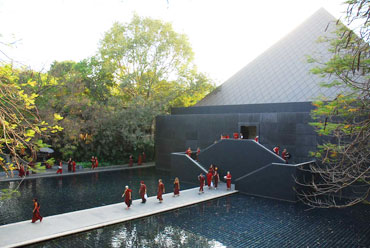The city of Aurangabad is known for its medieval monuments and cultural heritage. It was the seat of the Mughal Empire for a short period. The city boasts of Bibi-ka-Makbara, a tomb that has some resemblance to the Taj Mahal. The importance of Aurangabad is great, owing to its proximity with world heritage sites of Ajanta and Ellora. These sites have Buddhist, Jain and Hindu temples. Aurangabad is also famous for its silk and cotton textiles.
Location
Aurangabad city is located in the northern part of the state of Maharashtra, in the western region of India. It is 375 km from Mumbai (Bombay). The city is surrounded by hills. The weather of Aurangabad is temperate with moderate winters (November-February) and summers (April-June). This region experiences good southwestern monsoon rains in June-September. River Kham passes through the city of Aurangabad.
History
The Mauryans ushered Buddhism in this region of India, which is evident from the profusion of numerous Buddhist cave temples in and around Aurangabad. Temples built by Satvahanna and Rashtrakuta rulers are located here. The famous caves of Ajanta are a part of this Buddhist tradition. The heritage of Aurangabad is linked with different Muslim rulers and dynasties of India. The city was founded in 1610, on the site of a village named Khirki, by a local Muslim noble Malik Ambar. His son Fateh Khan ruled it and named the city as Fatehpur in 1626. Aurangzeb, the last great Mughal ruler, took over this city in 1653 and renamed it as Aurangabad. Due to its strategic location in peninsular India, Aurangzeb made Aurangabad his capital. He used this city as a base to quell the rising power of the Marathas.

